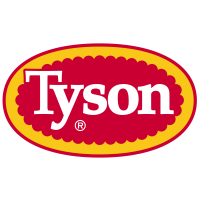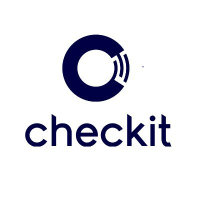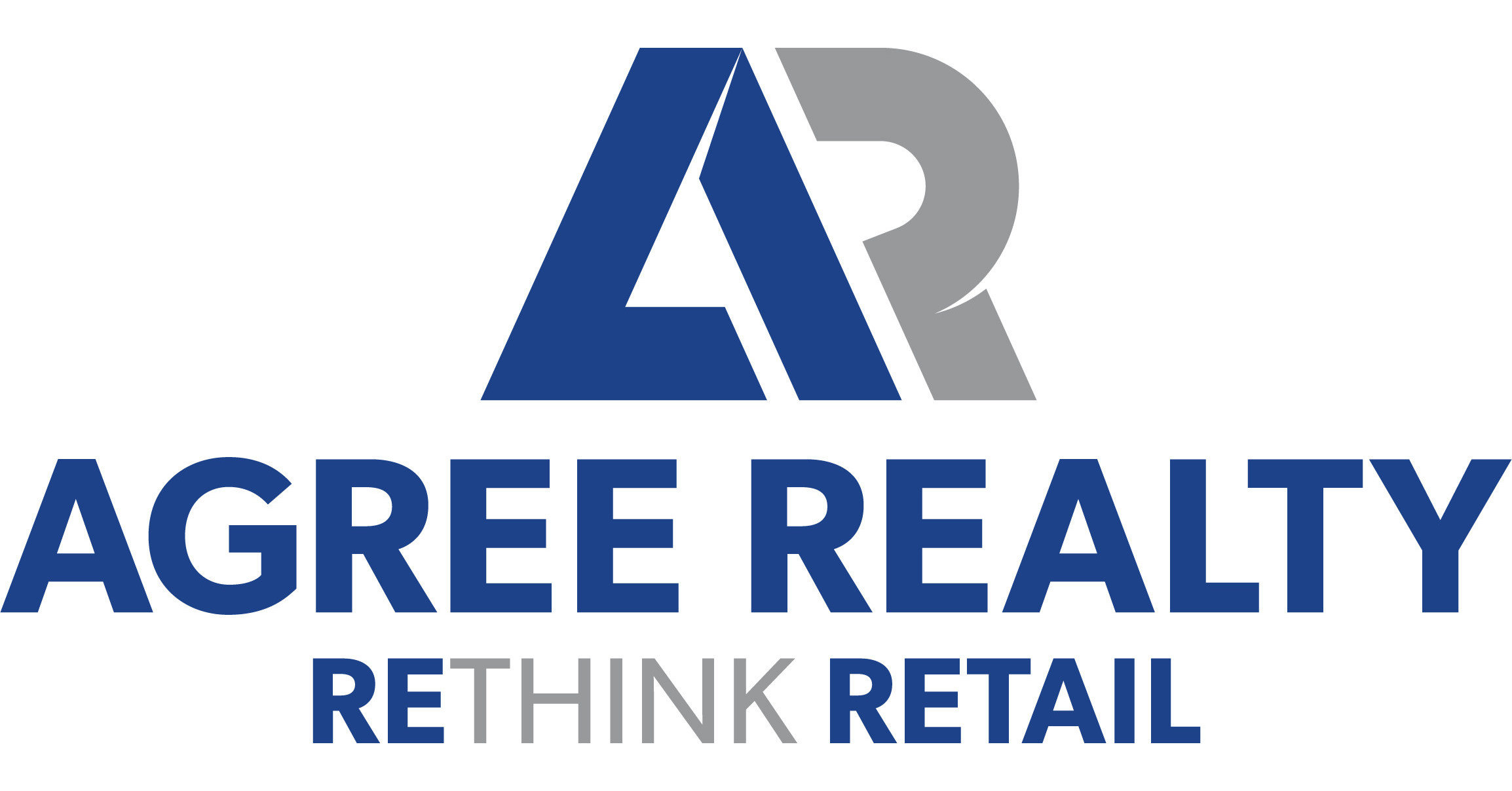
Tourmaline Oil Corp
TSX:TOU


| US |

|
Johnson & Johnson
NYSE:JNJ
|
Pharmaceuticals
|
| US |

|
Berkshire Hathaway Inc
NYSE:BRK.A
|
Financial Services
|
| US |

|
Bank of America Corp
NYSE:BAC
|
Banking
|
| US |

|
Mastercard Inc
NYSE:MA
|
Technology
|
| US |

|
UnitedHealth Group Inc
NYSE:UNH
|
Health Care
|
| US |

|
Exxon Mobil Corp
NYSE:XOM
|
Energy
|
| US |

|
Pfizer Inc
NYSE:PFE
|
Pharmaceuticals
|
| US |

|
Palantir Technologies Inc
NYSE:PLTR
|
Technology
|
| US |

|
Nike Inc
NYSE:NKE
|
Textiles, Apparel & Luxury Goods
|
| US |

|
Visa Inc
NYSE:V
|
Technology
|
| CN |

|
Alibaba Group Holding Ltd
NYSE:BABA
|
Retail
|
| US |

|
JPMorgan Chase & Co
NYSE:JPM
|
Banking
|
| US |

|
Coca-Cola Co
NYSE:KO
|
Beverages
|
| US |

|
Walmart Inc
NYSE:WMT
|
Retail
|
| US |

|
Verizon Communications Inc
NYSE:VZ
|
Telecommunication
|
| US |

|
Chevron Corp
NYSE:CVX
|
Energy
|
Utilize notes to systematically review your investment decisions. By reflecting on past outcomes, you can discern effective strategies and identify those that underperformed. This continuous feedback loop enables you to adapt and refine your approach, optimizing for future success.
Each note serves as a learning point, offering insights into your decision-making processes. Over time, you'll accumulate a personalized database of knowledge, enhancing your ability to make informed decisions quickly and effectively.
With a comprehensive record of your investment history at your fingertips, you can compare current opportunities against past experiences. This not only bolsters your confidence but also ensures that each decision is grounded in a well-documented rationale.
Do you really want to delete this note?
This action cannot be undone.

| 52 Week Range |
56.85
70.65
|
| Price Target |
|
We'll email you a reminder when the closing price reaches CAD.
Choose the stock you wish to monitor with a price alert.

|
Johnson & Johnson
NYSE:JNJ
|
US |

|
Berkshire Hathaway Inc
NYSE:BRK.A
|
US |

|
Bank of America Corp
NYSE:BAC
|
US |

|
Mastercard Inc
NYSE:MA
|
US |

|
UnitedHealth Group Inc
NYSE:UNH
|
US |

|
Exxon Mobil Corp
NYSE:XOM
|
US |

|
Pfizer Inc
NYSE:PFE
|
US |

|
Palantir Technologies Inc
NYSE:PLTR
|
US |

|
Nike Inc
NYSE:NKE
|
US |

|
Visa Inc
NYSE:V
|
US |

|
Alibaba Group Holding Ltd
NYSE:BABA
|
CN |

|
JPMorgan Chase & Co
NYSE:JPM
|
US |

|
Coca-Cola Co
NYSE:KO
|
US |

|
Walmart Inc
NYSE:WMT
|
US |

|
Verizon Communications Inc
NYSE:VZ
|
US |

|
Chevron Corp
NYSE:CVX
|
US |
This alert will be permanently deleted.
Tourmaline Oil Corp
Tourmaline Oil Corp., founded in 2008, stands as a testament to strategic growth and operational expertise within Canada's energy sector. Helmed by Michael Rose, a seasoned veteran of the industry, Tourmaline has swiftly positioned itself as one of the country's largest natural gas producers. The company's operations are primarily rooted in Western Canada, where it exploits rich natural resources across regions like the Alberta Deep Basin, Northeast British Columbia, and the Peace River High area. By focusing on large, contiguous land positions, Tourmaline maximizes operational efficiencies, enabling it to produce substantial volumes of natural gas and condensate at competitive costs. The company’s vertically integrated model, which includes its own processing facilities, allows for better control over production processes, thereby optimizing the entire value chain from extraction to delivery.
Tourmaline's business model revolves around the extraction of natural gas and associated liquids from vast reserves, capitalizing on the growing demand for cleaner fossil fuels both domestically and abroad. With a keen eye on innovation and sustainability, Tourmaline combines cutting-edge drilling techniques with robust environmental strategies, ensuring it meets regulatory standards while enhancing production output. Revenue generation hinges on the sale of natural gas, natural gas liquids, and crude oil at prevailing market prices, supplemented by strategic hedging practices that mitigate price volatility. As global energy dynamics shift, Tourmaline continuously leverages its extensive resource base and operational acumen to adapt to changing market conditions, ensuring robust financial performance and shareholder value enhancement.

Tourmaline Oil Corp., founded in 2008, stands as a testament to strategic growth and operational expertise within Canada's energy sector. Helmed by Michael Rose, a seasoned veteran of the industry, Tourmaline has swiftly positioned itself as one of the country's largest natural gas producers. The company's operations are primarily rooted in Western Canada, where it exploits rich natural resources across regions like the Alberta Deep Basin, Northeast British Columbia, and the Peace River High area. By focusing on large, contiguous land positions, Tourmaline maximizes operational efficiencies, enabling it to produce substantial volumes of natural gas and condensate at competitive costs. The company’s vertically integrated model, which includes its own processing facilities, allows for better control over production processes, thereby optimizing the entire value chain from extraction to delivery.
Tourmaline's business model revolves around the extraction of natural gas and associated liquids from vast reserves, capitalizing on the growing demand for cleaner fossil fuels both domestically and abroad. With a keen eye on innovation and sustainability, Tourmaline combines cutting-edge drilling techniques with robust environmental strategies, ensuring it meets regulatory standards while enhancing production output. Revenue generation hinges on the sale of natural gas, natural gas liquids, and crude oil at prevailing market prices, supplemented by strategic hedging practices that mitigate price volatility. As global energy dynamics shift, Tourmaline continuously leverages its extensive resource base and operational acumen to adapt to changing market conditions, ensuring robust financial performance and shareholder value enhancement.
Production: Q3 production averaged 634,750 BOEs per day, near the high end of guidance, despite storage injections and shut-ins.
Cash Flow & Earnings: Q3 cash flow was $720 million and earnings were $190 million, negatively impacted by unusually low natural gas prices and export pipeline maintenance.
2026 Outlook: Production guidance for 2026 of 690,000 to 710,000 BOEs per day and the multiyear EP plan targeting 850,000 BOEs per day by 2031 were reaffirmed.
Dividends: A special dividend of $0.25 per share was declared for Q3, with plans to pay a $0.50 per share base dividend in December. Management stressed the balance between growth and shareholder returns.
Cost Reductions: Corporate OpEx in Q3 fell 7% versus the first half, driven by ongoing cost initiatives, with further reductions expected as infrastructure is built out.
Capital Flexibility: The company can defer $200–$250 million of planned capital spending if gas prices weaken, with minimal impact on production guidance.
Strategic Moves: Entered a long-term gas storage deal with AltaGas and several new LNG supply contracts to improve flexibility and price exposure.
Asset Sale: Tourmaline is exploring a potential sale of its Peace River High light oil and gas complex, aiming to redeploy capital into higher-return gas assets.

















































